
Review: Mersive Solstice
Mersive’s take on collaboration technology
Review:/ Ben Hatcher
Collaboration is a key element in both corporate and educational business. The ability to share content from a device, whether that be a laptop, tablet or even a phone, in a meeting room or tutorial space has become standard. The ways in which individuals accomplish this have evolved in the past few years with a movement towards wireless presentation systems.
As part of the University of Adelaide’s 10-year plan entitled Beacon of Enlightenment, small group discovery experience plays a key role. This has had a direct impact on how we deliver technology into teaching spaces. The terms BYOD (Bring Your Own Device) and wireless interaction have been around for quite a while, particularly in the corporate sector. We needed to find a solution that would enable students to bring their own device and share content to a central point as part of their group work. After some months of intense research and testing we decided on Mersive’s Solstice solution.
Solstice is an application that runs on a Windows 7/8 platform (referred to as the Server). Users download the free client software and use their device to share content over the existing wireless network. There are versions of the Solstice client app that run on most devices – Andoid, iOS, OSX and Windows – with the solitary exception currently being Windows phone. Solstice Directory Service manages the discovery elements so that anyone connected to the University wi-fi network can ‘see’ the available displays on their device once they start the application. The Solstice Dashboard is used to configure the Solstice servers and also monitor activity. We have set the Directory Service and Dashboard up on a central Windows server so that we can manage these services centrally. At the University of Adelaide we have three separate rooms with trolley systems (one room with six, one with four and another with two). Each system consists of a 50-inch LCD panel and a Lenovo Tiny Desktop PC running the Solstice server software. As the Tiny PC connects via the wireless network, mains power is the only physical connection we have to the trolley system.
THE GOOD
Because Solstice is a software solution it meant that we had the ability to run it on a PC instead of having a specialised piece of hardware for wireless collaboration. This was a big plus for us as it gave us the ability to have the PC as a fall back to use as a collaboration tool in case things went awry. It can also run off the wireless network, saving us the trouble of installing additional data outlets. As with most wireless presentation tools, when using a laptop the user has the ability to share their entire desktop or a specific application window. The big advantage with Solstice is its ability to share web content from mobiles or tablets. Where others will mostly allow you to share photos from your mobile device, having the ability to share content through Google search is a big advantage. Another bonus is being able to access and share documents through Dropbox or Google Drive, although this can be a little hit and miss as the cloud-based content needs to be able to be opened within its own ecosystem (ie. if a file doesn’t open within Dropbox it can’t be shared). This is more of a problem for Dropbox and less so for Google Drive.
Another big plus: we could take the content being shared in the individual groups and bring it to the central teaching point for broader discussion. Currently we use ABTutor at the main teaching point to facilitate this, though we have had some early discussions with Mersive about incorporating this element into Solstice.
Mersive has also enabled the sharing of high definition video (1080p @ 30fps). Users select the video content they wish to share and it is sent over the network to the Solstice server. The server then buffers the video file locally and begins playback. The actual content is not permanently stored on the server, so there is no concern about leaving sensitive material to be accessed by others.
Ease of use is always a key driver with any technology and Mersive is not far off the mark. Having had the systems up and running for around five months we have found the students pick it up quickly and easily, and just run with it. It does take a little bit of time to get accustomed to the GUI and Mersive is working hard to improve this in the forthcoming version 2.0 release.
In my opinion, the biggest plus is the level of Mersive’s support and development. We are in regular contact with the engineers and even the CIO (who are all based in Denver) to give feedback and talk through any issues we’re having. They’re quick to address problems and also take on board the ways we feel that Solstice can be refined to suit our applications.
MORE INFO
Price:
Solstice (unlimited client sessions):
$4728 (inc GST)
Solstice Small Group edition (4 client sessions):
$2200 (inc GST)
Solstice client licenses and Solstice Directory Services software are free downloads.
Contact
Image Design Technology: 1300 666 099 or [email protected]
THE NOT SO GOOD
I touched on the GUI previously and I think that it could definitely use some refinement to ensure that users of all types, whether tech-savvy or not, can jump in and immediatley start using the application. With regard to implementing the system to suit our needs; it did take some time to get where we wanted to with Solstice. As with most tech rollouts the complexity is on the back end and thankfully the folk at Mersive were very accommodating in giving us their time to work things through.
Something not unique to Solstice is lag when connected to the server via the app and scrolling through content. I think there is an expectation that if you are providing a wireless solution to replace a cabled connection to a display, the response time shouldn’t suffer. Whether this is valid, given that we are using the wireless network infrastructure to pixel map from the client to the server, is inconsequential: the expectation is there.
As we already have three rooms housing 14 Solstice servers, we really need to find a way to centrally manage all the displays. Ideally, we would like to deploy the software via an image and update the software as new releases roll out. Currently, we have to do an individual update at the server PC. Again, this is something we are working on with Mersive.
Cost is a key concern for any business and Solstice isn’t cheap. The cost sits between Crestron’s Airmedia device (on the low end) and Barco’s Clickshare on the high end. Obviously there is also a requirement to buy a PC to run the server software; the higher the spec the better. Having said that, I would still consider Solstice to be good value for money, given what it is able to achieve.
SOLSTICE: HIGH TIME
Solstice’s release was timely, with the University undergoing some major changes in the way courses are delivered and the way students are expected to learn. We feel Solstice is the best fit for us as things stand and, with the way that Mersive is working to refine its product, are excited to continue to develop this solution at the University of Adelaide.
SOLSTICE V2 UPDATE
Mersive recently released Solstice V2 at InfoComm14. We have started testing the new software and are generally impressed. V2 might as well be a totally new product: it’s not backwards compatible, and the layout and features have dramatically changed. The good news is that Mersive seem to have addressed the issue with lag. Mersive has also found a way to build in the ability to connect to the Solstice server software via Airplay for Apple devices (though we need to do some more rigorous testing around this with regard to the network configuration). The touch interactivity is also a big plus in certain scenarios.
Although testing has only just begun, early signs suggest that V2 has made some marked improvements.

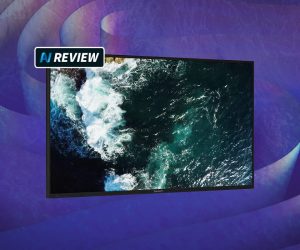
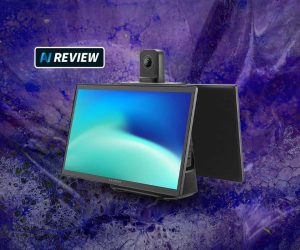

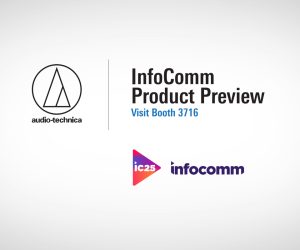


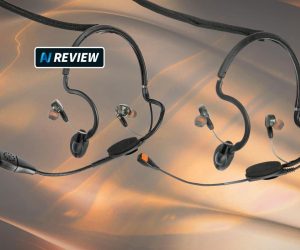
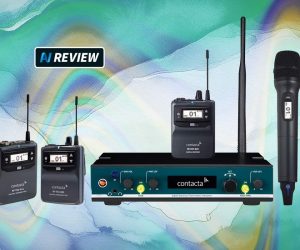
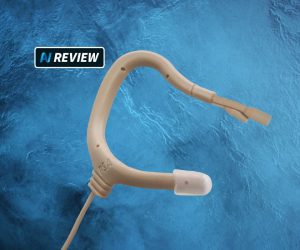

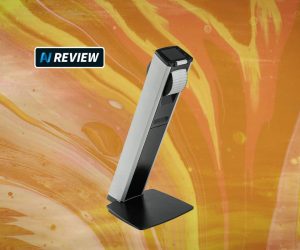
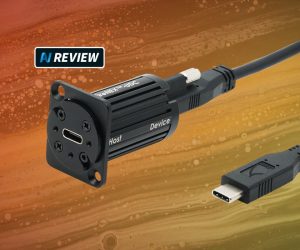


RESPONSES